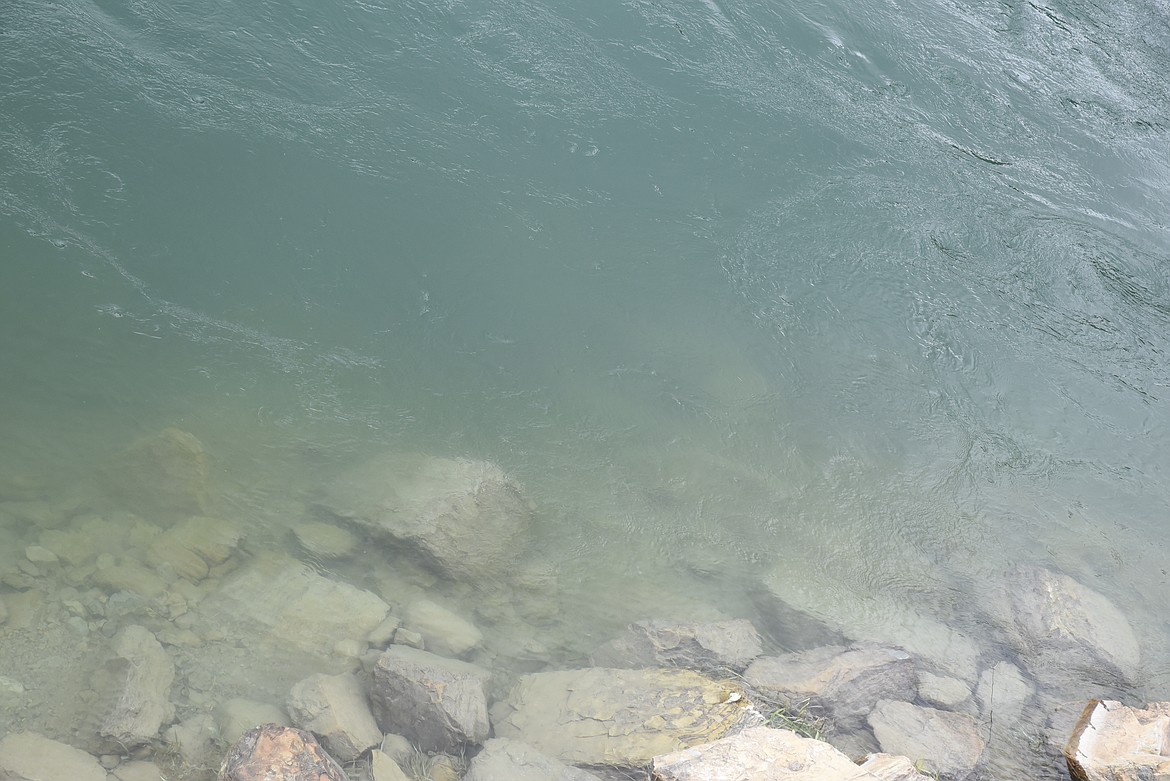EPA, Teck Resources differ on definition of ‘comprehensive’
|
May 15, 2020 9:33 AM
The adjectives “comprehensive” and “limited” lean more toward being antonyms than synonyms. The words cropped up recently in separate references to the same information by a mining company and an environmental agency....
Become a Subscriber!
You have read all of your free articles this month. Select a plan below to start your subscription today.
Already a subscriber? Login




